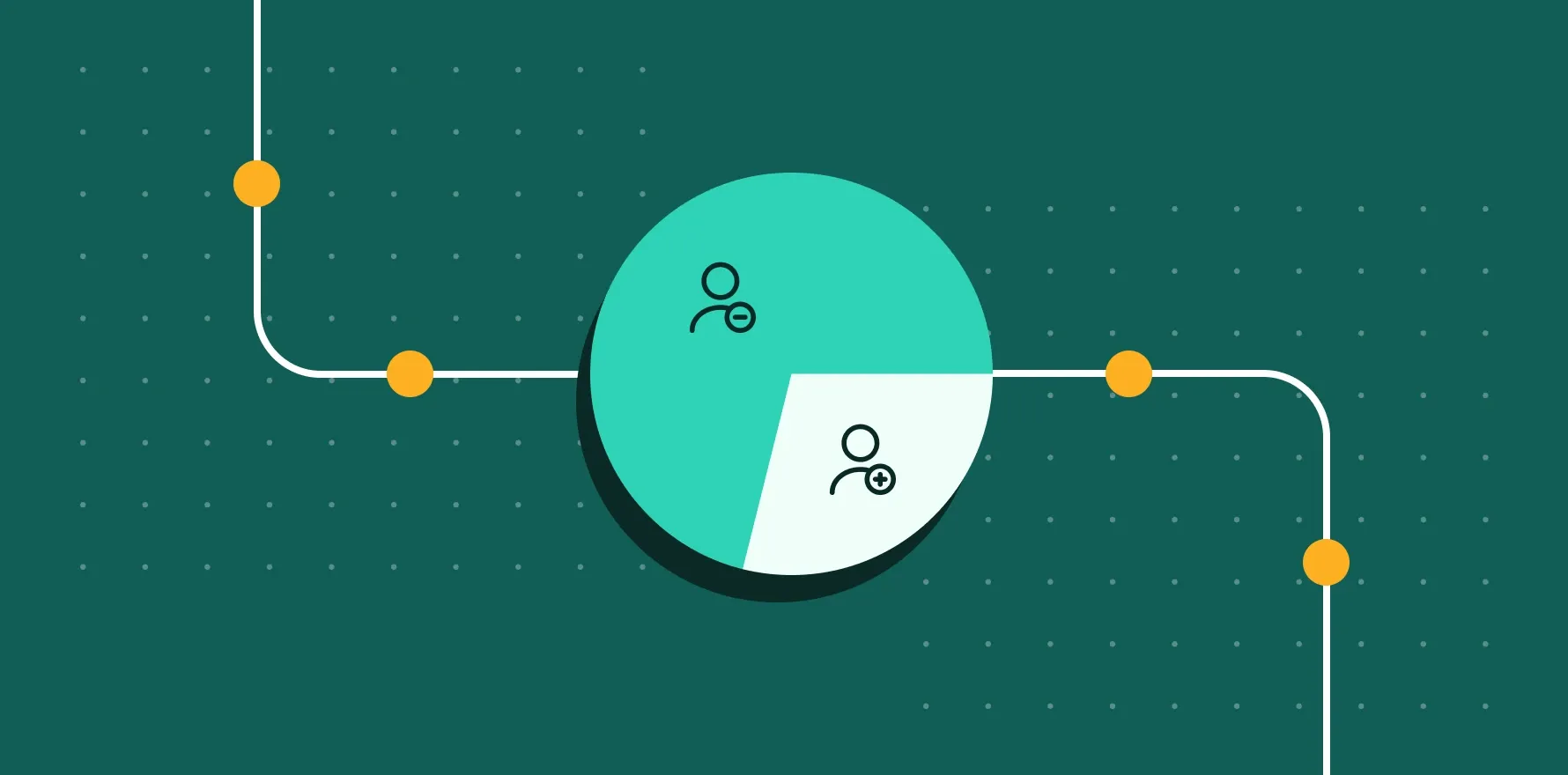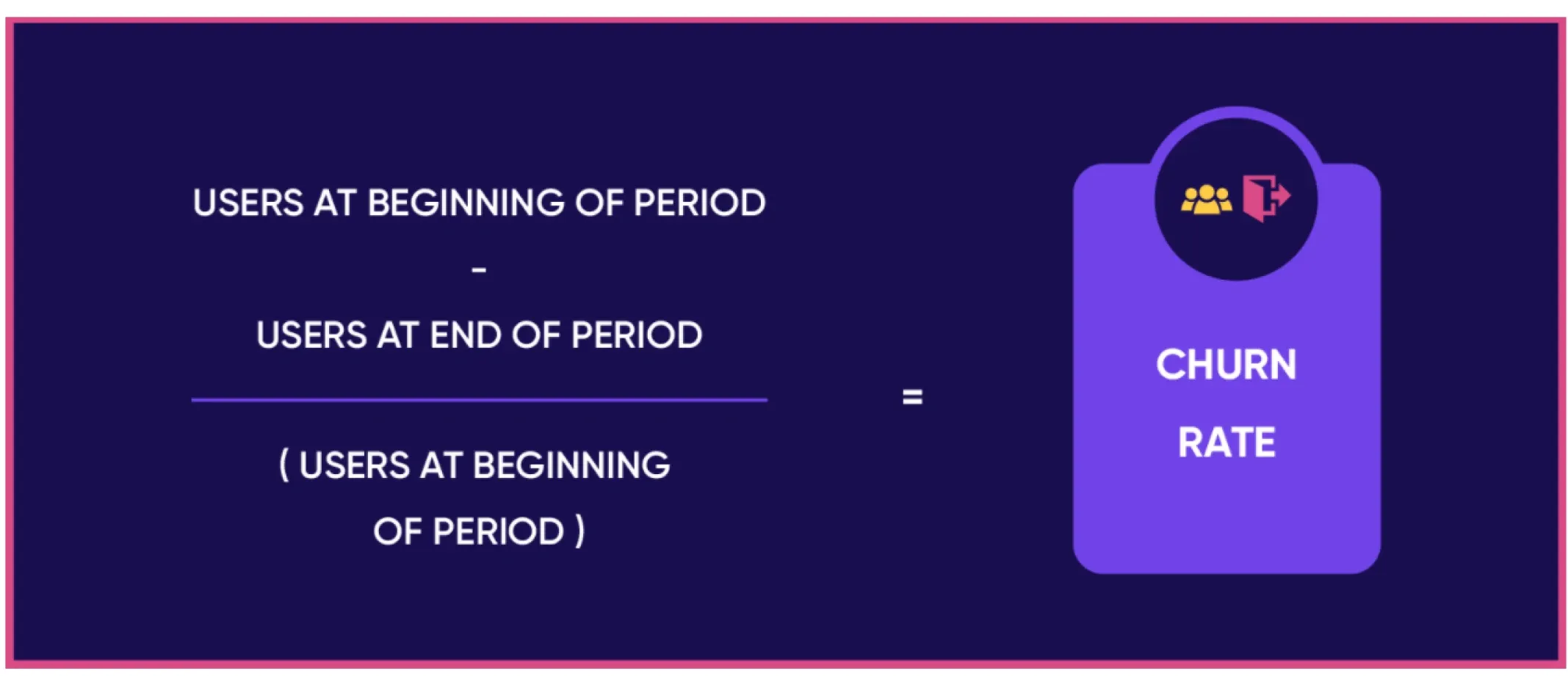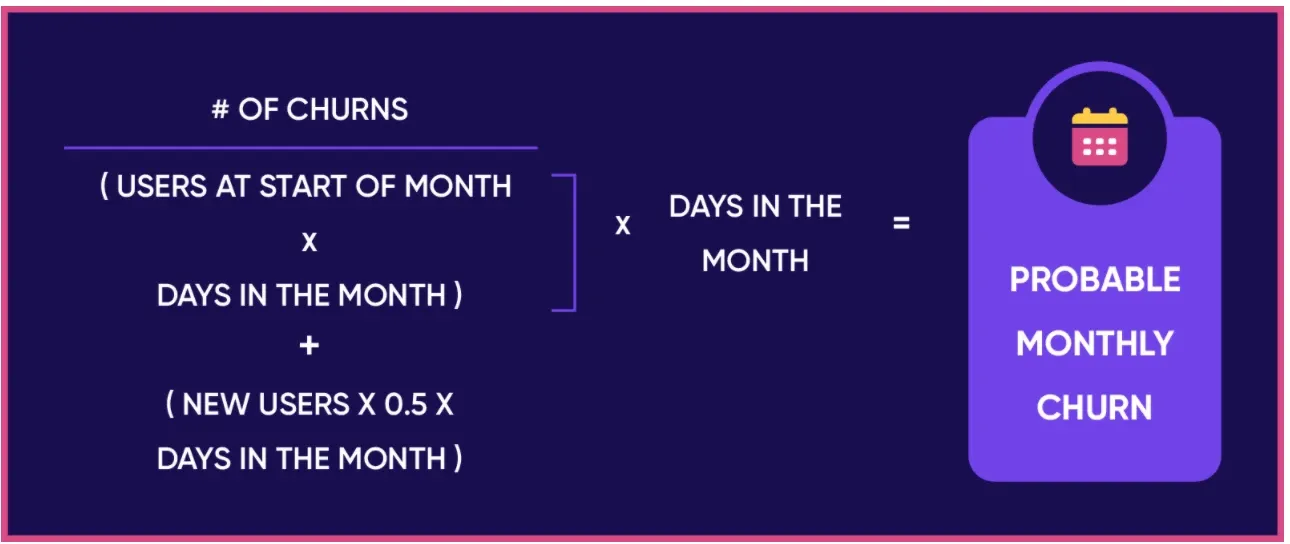As a DTC brand, one of the most burning questions you seek an accurate answer to is: “Why are my customers not engaging with my brand as they did initially?”
Churn is a killer for DTC brands. This is a given; more so, when brands are still figuring out why.
What is customer churn?
Customer churn isn’t always clearly defined. It can refer to customers who have completely stopped interacting or unsubscribed but it can also refer to customers who have reduced how often they interact with your brand, compared to how often they used to.
Customer churn is a metric that lets you gain insights into the Customer Attrition Rate (CAR) for a brand. It is estimated that lowering customer churn by even 5%, would result in a substantial profit boost (25%-125%).
So, one of the first things that your DTC brand should do is to determine how you want to define churn.
After your brand has established what qualifies a churned customer, you can decide how you’ll go about re-engaging with them. A CDP with an excellent Analytics engine will enable you to predict and prevent customer churn. This resurfaces a hidden or previously-thought-to-be-lost potential revenue source for any DTC brand.
What is churn analysis?
In simple words, churn analysis is an evaluation of the churn rate at different points in the customer journey. Basically, it answers the burning question, “why are my customers leaving?”
Most ecommerce brands treat a customer as churned when a certain amount of time has passed since the customer’s last interaction with their website, app, service, or product.
Customer churn can refer to customers who have completely stopped interacting or unsubscribed but it can also refer to customers who have reduced how often they interact with your brand, compared to how often they used to. So, from the beginning itself, your brand should first determine how you define churn.
The overall cost of customer churn includes lost income and marketing expenditures associated with acquiring new customers.
It is usually more difficult to acquire a new customer than it is to keep an existing paying customer, hence churn analysis takes precedence.
Actionable insights essential for churn analysis can be obtained via:
- Identifying causes: This can help you improve the user experience and ensure that your customers keep coming back for more.
- Monitoring churn numbers regularly: Keep a track of the metrics in question, because anything that isn’t measured can’t be improved.
- Identifying touch points of drop-off: Keep a track of where in their journey are your customers dropping off from your website, app, or service.
Here are two formulas to keep in mind while analyzing customer churn:
customer-churn-analysis-churn-rate-formula
customer-churn-analysis-probable-monthly-churn-rate-formula
Once your brand has established what qualifies a churned customer, you have to decide how you’ll go about re-engaging with them.
One approach is to start by grouping like-minded churned customers into categories—also known as segmentation.
Segmenting churned customers
If customer churn for your brand means someone who hasn’t made a purchase in over a month, there may be stepping stones that customers land on before becoming that fully churned customer. This is what your brand needs to pay attention to.
A customer who opens emails but hasn’t purchased anything in over a month is different from a churned customer who hasn’t even opened emails.
For instance, you can group churned customers into three segments:
- Risk of Churn– Haven’t engaged in 7-13 days
- Churning– Haven’t engaged in 14-29 days
- Churned– Haven’t engaged in 30+ days
Note: This is an example of a generic churn segment for the “apparel” industry. For your DTC brand, each churned group/segment might have a different non-engaged number of days based on the type of product, product category, and number of products and services you are offering.
Therefore, instead of lumping all disengaged customers into one large “churned” bucket, your business should focus on the minor details that lead to a customer entirely churning.
The goal then should be to re-engage them before they reach that final group—but how?
A few KPIs to measure churn
You need to keep track of the right metrics to effectively analyze the causes behind Customer Churn Rate (CCR) and work proactively to reduce it and increase your Customer Retention Rate (CRR) in the process.
Here are a few KPIs (Key Performance Indicators) to include in your churn analysis:
- Customer Engagement: One of the earliest warning signals of approaching customer churn is a diminishing rate of usage. This metric might imply different things depending on how long the customer used your product before their usage began to decline.
- Competitor Pricing: Keep an eye on the pricing and discounts given by your competitors. This is significant since it assists in predicting the possibility of your customers defecting to your competition.
- Customer Support tickets: If your customer service team is getting fewer tickets than usual, it could mean you are doing everything right or that people aren’t interested.
- Chances to Upgrade: It would be smart to keep a KPI that lets you fight customer churning before it happens. Keep customers by selling them more. As explored in the Younium guide, focus on the parts of your product lifecycle where upsells may work better. In addition, focus on customers who frequently upgrade their subscriptions.
Personalizing CX before and during churn
At the end of the day, creating segments, whether for churned customers or fully engaged customers, is about creating a personalized experience.
Segmentation allows your brand to send individualized and hyper-personalized content to customers based on their similar characteristics. But, because of the focus on retaining customers versus acquiring customers, churned customers are often ignored.
By segmenting churned customers, DTC brands can tap into a wealth of information about customer fior and their journeys to churn. Plus, segmentation can help you stop customers from churning altogether.
Understanding both the steps a customer takes towards purchase and the steps they take towards churning—and then turning those steps into segments—gives your brand a chance to connect with customers on an individual level while demonstrating that your brand values the relationship.
A few ways to segment for churn
1) Segment by signup date
Group of customers that signed up for your product on the same day are included in the sign up date segment.
You’ll want to know how any changes to your customer journey, such as a new step in your onboarding process, affect attrition. This may be determined using a churn analysis by sign up date segments.
Imagine for a moment the number of customers that leave your onboarding process is particularly high at the second phase. In this day and age, if you are a savvy marketer, you’ll begin informing the new customers about the importance of onboarding as soon as they sign up.
After sending out that automated educational email, you can analyze whether it has reduced churn in that particular stage of onboarding.
2) Segment by behavior
Behavior segments are groups of customers that have all performed the same action, like clicking a button in your app.
In order to determine which customer behaviors contribute to decreased churn, you may split your churn data into behavioral segments.
Assume, for example, that a customer is more likely to buy from your DTC brand if they enable the integration. But is it so? Find out who enabled an integration during the first week and who didn’t.
Watch the segments carefully and analyze whether customers who’ve enabled an integration in the first 30 days, are more likely to stick around. If yes, you should probably trigger an alert to all new customers if they don’t enable an integration by a particular date post onboarding.
Hot Tip
When analyzing by behavior, in the same hypothetical scenario above, also analyze customers who might have “disabled” an integration as that could be a potential churn signal.
This simple scenario only reviewed one behavior: enabling an integration.
Behavioral churn analysis, on the other hand, may be as detailed and in-depth as you desire. Finding out which customer activities lead to customer churn or renewal is the most important part of the process. Afterwards, you may aid customers in either doing or avoiding certain activities.
You may also like
Essential resources for your success


























































